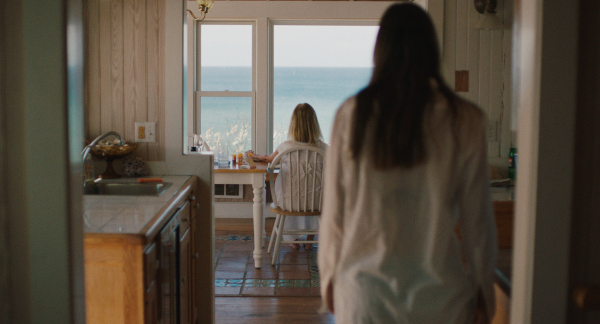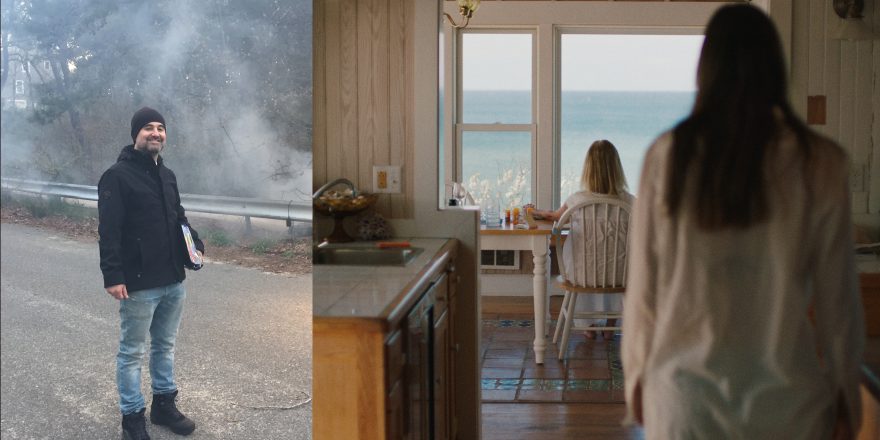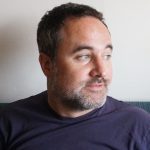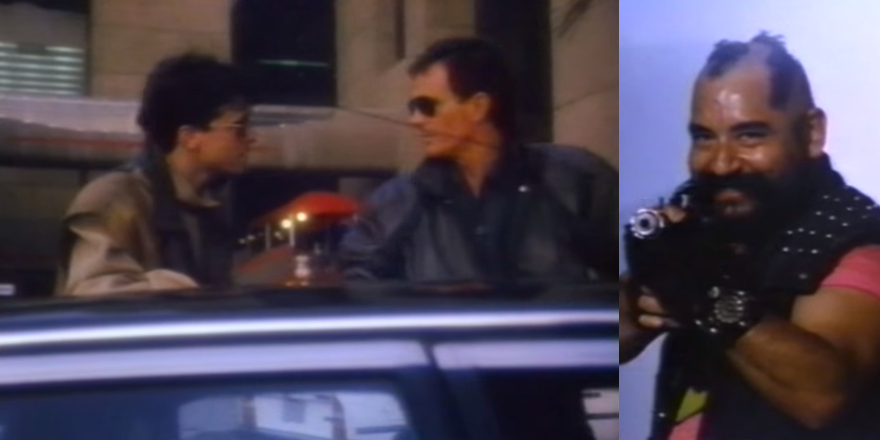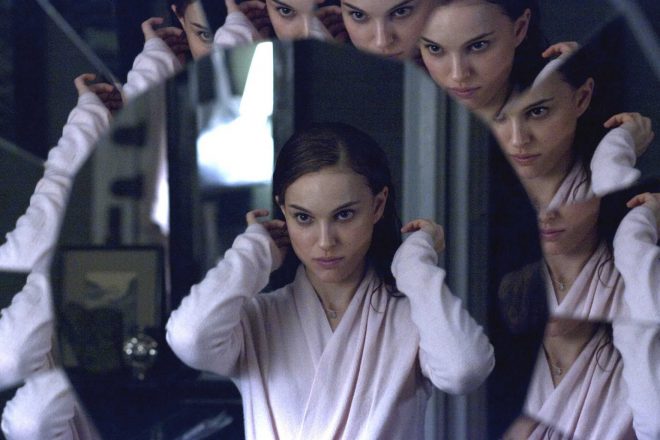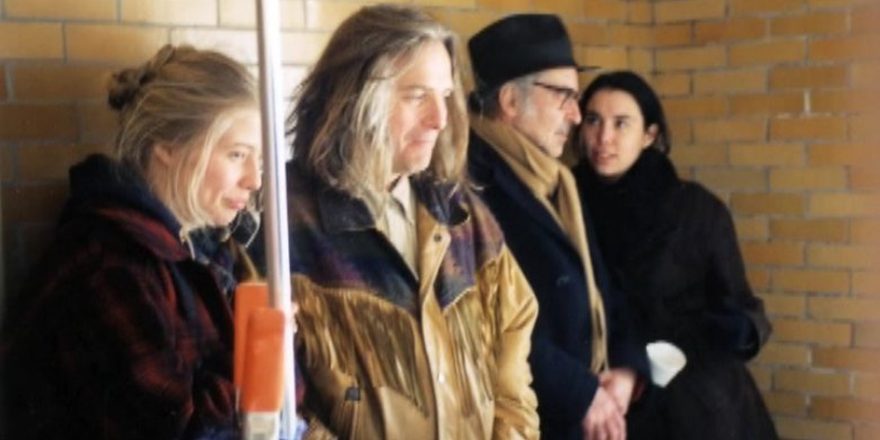My first day on set location managing a movie (or actually doing any locations work, period) was October 7, 2001, which happened to be my 24th birthday. I was working on Alan Taylor’s low-budget feature Kill the Poor – produced by Indigent, a company whose production model kept their budgets in the $300,000 range. I learned over time that most movies have a parking department, a transportation department, and even (gasp) a breakfast caterer. For Kill the Poor, I was pretty much doing all of those roles myself. We had maybe three small cube trucks and a crew of 25, so it made “economic sense” to have the location manager pick up breakfast for the crew. At around 4 a.m. on the first day of shooting, I put in the order for egg sandwiches at a bodega on 125th Street and Park Avenue in Harlem, and then drove up to our set, a vacant lot on 131st Street and Madison. This was a paid job on a “real” movie, and I wasn’t a P.A. anymore – I had some responsibility that could actually impact the final product.
Being the first person on set, waiting for the crew to show up in those pre-sunrise hours, fueled by nervous energy and an enormous cup of coffee, I couldn’t help but think, “What the hell am I doing here?”
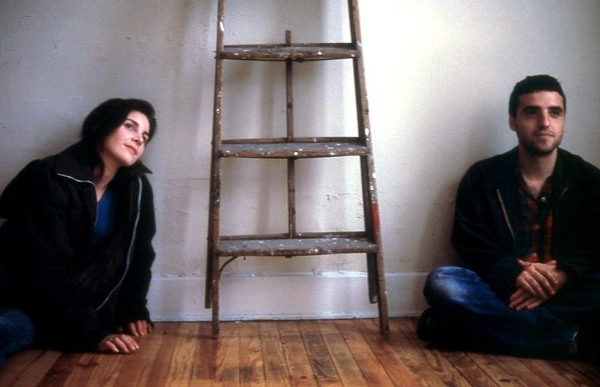
At that time, I had recently graduated from film school without finishing my thesis project. Broke and struggling with massive student loan debt, I was willing to do anything. I felt my will would allow me to “figure it out.” On Kill the Poor, I was told that the locations had been locked, and that all I had to do was essentially babysit the crew. Of course, all of the locations are never locked and not having even scouting experience as a location manager puts you in an extremely precarious position if a location falls through. There are no backups. You are essentially screwed. On top of that, without having anyone at least give me any direction about what to do with location owners while filming, I assumed that they would be welcome to watch as we slowly upended their homes during the course of shooting. The increasingly unhappy owner watching over the crew was just another thing I would have to deal with – it was part of the job.
The stress-related breakdown would soon follow.
Trying to fake your way through location managing is not recommended. Every day has the feeling of “They’re gonna fire me” or “It’s so obvious to everyone that I don’t know what I’m doing, they’re just being polite.” I made mistakes that the whole crew witnessed. Sheer will is ultimately no match for inexperience. At one point during this period of my “career,” it felt as if my brain had popped – there was simply too much to do and I was drowning. Location managing turned my anxiety dreams from being about taking exams in languages I didn’t understand to scenarios wherein a homeowner shows up enraged, screaming, “Who’s in charge here?” as the director, producers, and the rest of the crew look at me blankly, as if to say, “This dipshit …”
After failing a few times in the independent world, I somehow kept at it. Several years later, I found myself as an assistant location manager on the New York City portion of Sam Raimi’s Spider-Man 3, which at that time was the most expensive film ever made. I felt someone had to know how to pull off this locations thing – it couldn’t all be bluffs, close calls and acute stress. I needed to learn, and I got my education as I found myself dealing with over 200 crew members, 500 extras, 30 police officers, and a few irate store owners as we shut down 6th Avenue from 47th to 57th Street for three consecutive days so we could swing cameras between various Manhattan skyscrapers and hang Spider-Man upside down from a Bay Crane so big that we were required to do structural analyses of the street to make sure it wouldn’t crash through onto a subway line.
However, I saw that even with an enormous budget and a lengthy shooting schedule, the chaos factor still rules. That on a massive production, getting those location agreements signed was still a stressful, last-minute operation. It’s just that the good location managers knew how to deal with or conceal their stress, and were better at prioritizing and judging which situations were legit emergencies, and which were hot air.
After Spider-Man 3, I started gaining confidence and spent the next few years working on large, difficult productions (the toughest being season one of J.J. Abrams’ Fringe) and managing smaller independent films (Cold Souls, The Baxter). Eventually, I became an assistant location manager on the late Tony Scott’s remake of The Taking of Pelham 123. Tony had a larger-than-life, football coach-like persona. After years of seeing other directors’ approaches to filmmaking, Tony felt like a real director. He had a very specific way of doing things – never leaving set (he would eat the same meal for lunch every day that was brought to him by his assistant), never going to his trailer (his location manager Janice Polley primarily used his trailer to prepare his “homework,” massive binders of photographs Tony had taken on scouts that he would review the night before the next day’s work), always having a morning meeting for the entire crew, and the last shot of the day becoming evident as his assistant prepared a cocktail of Grey Goose vodka and grapefruit juice. At wrap, Tony would hand out cigars to crew members he was particularly happy with that day (usually the camera operators). The crew respected Tony, and he charmed location owners and location contacts, knowing that while the circumstances of production might make the contact in question upset, they wouldn’t be upset with him, and he would treat them with dignity. Everyone wanted to do right by him, all the time.
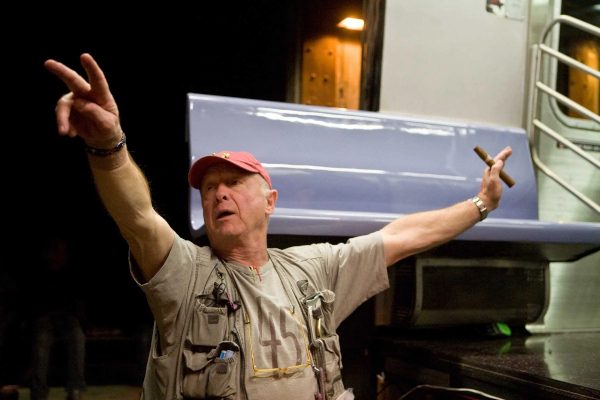
For all the machinery and money involved with Pelham (the camera tests alone cost more than the entire budget of my new movie as director, The Beach House!), there was a fundamental aesthetic consistency to Tony. He loved natural light and real locations. As part of the locations team, when we took Tony to a location, we always had to know which way was north. If we were in the middle of a massive school and had walked in circles to get to the potential shooting set, I had to be prepared when Tony would inevitably ask, “Which way is north?” or, “Where will the sun set?” Fumbling with the Compass app on my phone would not suffice. I had to be prepared. “It’s that way, Tony.”
Essentially, locations became my day job, and my nights were spent writing and rewriting drafts of personal scripts or working on my own shorts. I was extremely fortunate that my day job was in film production and that I had the opportunity to work on some high-profile projects by master directors. I was hired to do scouting research on Steven Spielberg’s Bridge of Spies, before there was even a script. Through trips to the New York Public Library (after initial Google searches and Wikipedia reading), I was able to track down the actual building where Tom Hanks’s character James Donovan lived in Brooklyn during the time the film is set, and the spot where Mark Rylance’s character, Rudolf Abel, was arrested.
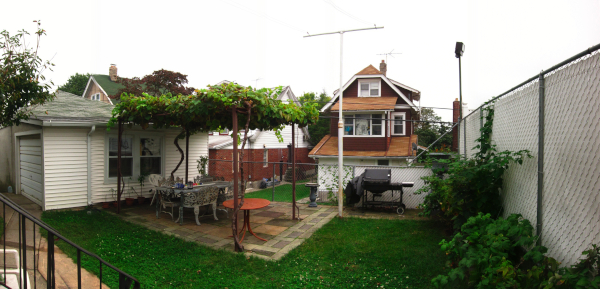

I scouted for Martin Scorsese’s The Wolf of Wall Street on three separate occasions, in between each I was able to prep, shoot, and wrap two independent movies as a manager! My main contribution to Wolf was finding the location in Jamaica, Queens, for Jon Bernthal’s character’s mother’s backyard, where he works out and sells Quaaludes: “Ma! We got chicken or what?”
One of my most challenging managerial assignments was season 1 of Netflix’s The OA. The show was unique in many ways, beyond the sheer genre-bending creativity of the script. Director Zal Batmanglij and his co-creator and star Brit Marling’s show took place in simultaneously existing timelines, as well as in Russia – which we had to fake around NYC. Having that much material to keep straight in one’s head is a major undertaking, and as Zal wasn’t able to have his nose in the script to make sense of his Ouroboros-resembling narrative, he had to rely on his instincts.
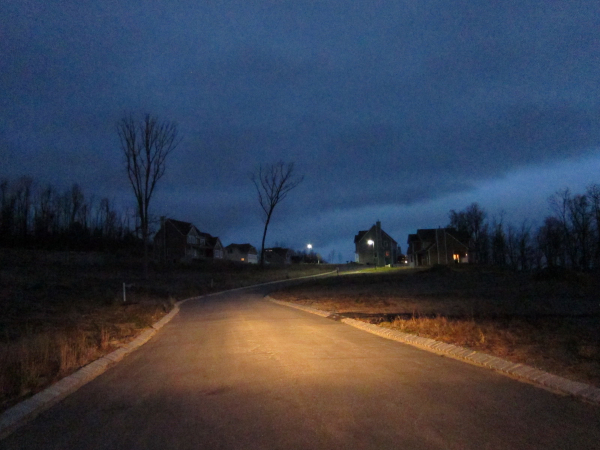
One of the bigger tasks was finding the childhood home of Brit’s character – the Johnson house. Beyond considering the basic aspects of a location (i.e. if your scenes require a character to swim in a backyard pool, all houses you present need a pool!), a location manager must bear in mind the unspoken, almost supernatural aspects of a director’s taste: their memories, their past projects, their dreams. How do you scout for someone else’s dreams?
I presented more than 50 different possible locations for the Johnson house. Ubiquitous locations can pose the biggest challenges, as there isn’t necessarily much distinctive about them. As we were reviewing yet another potential house, Zal stopped on a picture of carpeted stairs and discussed the qualities of the house for maybe 20 minutes with production designer Alex DiGerlando. That particular picture set him off. For some reason – maybe even unknown to Zal – this house resonated with him. Maybe it came from the décor/vibe of the homeowners, maybe there was some connection to Zal’s own childhood, or maybe it was something even more abstract, which no one could quite put their finger on. In any case, that became our Johnson house and we ended up utilizing it for over three months over the course of the first season.
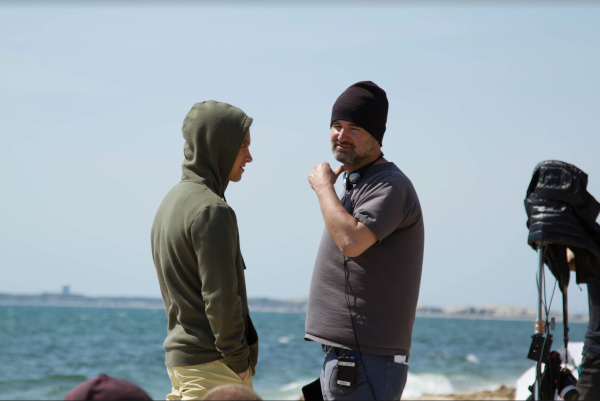
As a scout, you are rarely directly in touch with a director. There were no meetings with Scorsese or Spielberg for me. In production, the best work should become invisible in the finished product, not taking attention away from the story. You are channeling other people’s stories, other people’s visions. With my directorial feature debut, The Beach House, I needed to distill all of my production experience. I’d written a script from a locations background that hinged upon one single location that would dictate not only the look and feel of the movie, but also the production plan.
To finally be able to direct put me back at the beginning, in a position where I would need to “figure it out” again. I had spent years on sets, but it was still another thing to direct. Looking back on the 18 days of the shoot, I remember it like a dream, brief moments coalescing into vivid life: The crew cracking up during a scene where the characters debate eating edibles; seeing the elaborate contraption required to make slime pour out from faucets; our grips attaching material around the entire deck of the house to contain our fog; discussing William Wyler and John Ford with the cast and crew while we lit a living room with a blue television screen; actress Liana Liberato just selling the hell out of removing a worm from her foot. And the time I asked production designer Paul Rice if the worms he’d created were safe for actor Noah Le Gros to put in his mouth. “Well, here’s the thing,” he said. “He can put them in his mouth, but he shouldn’t swallow them …”
There was a lunacy to all of this. A joyous glee to the cleverness of make-believe. It was more than just being about the privilege of finally being in a position to unleash a movie upon the world, it was about being able to assemble a group of people and take them away from their own individual realities for a month, walking down the dark hallway of a purely creative endeavor, the bounties of which would be molded into The Beach House.

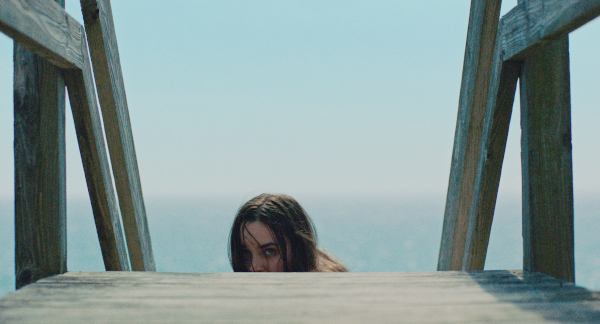
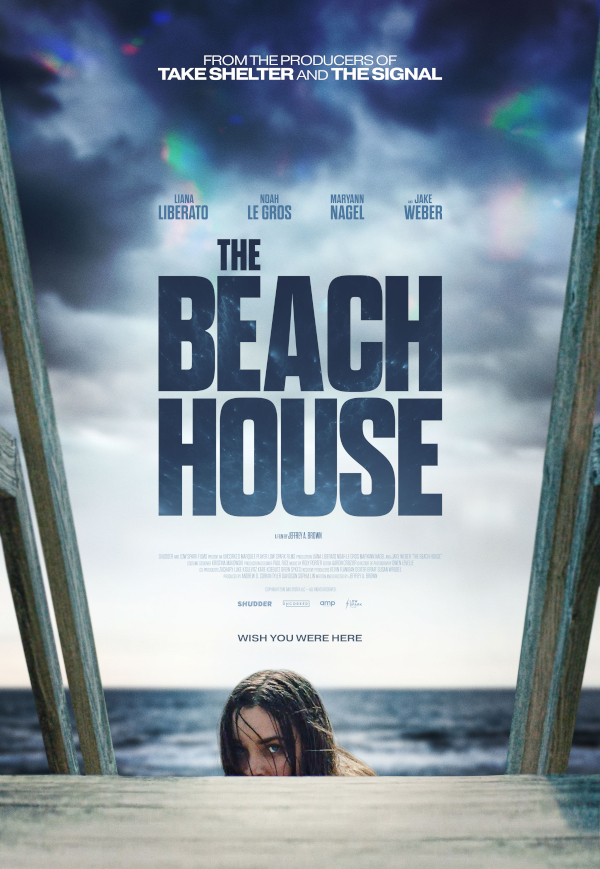
Finally, I wasn’t channeling others’ dreams, these dreams were all my own. Those images of solitary figures against the vastness of the ocean, those tragic decaying people expressing our own fragility – I’d seen them somewhere in the recesses of my brain.
When we did one of our first scouts of Cape Cod, our producer Andrew Corkin (whose family has ties to the Truro area) had given the script to his father, who knew the area much better than any of us did. The first house Andrew’s father showed us was one he thought would fit the script best. Directors want to come off as mysterious creative types, and definitely not pushovers. But when I looked at the exterior of the house and the surrounding landscape, the very first one we even considered, I blurted out, “I’m not trying to be easy, but this one could totally work!”
And in the end, it became our Beach House.
